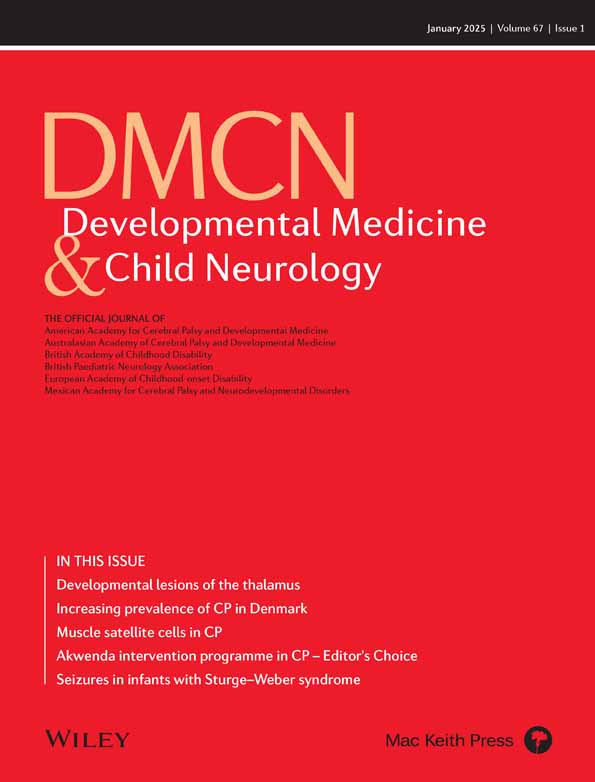Cerebellar haemorrhage and atrophy in infants born extremely preterm with intraventricular haemorrhage
The impact of cerebellar haemorrhage (CBH) in infants born extremely preterm (<28 weeks of gestation) with intraventricular haemorrhage (IVH) on neurodevelopmental outcomes at 2 years of corrected age was investigated. IVH and CBH are common in infants born preterm, often originating from the germinal matrix, and are associated with significant developmental impairments. This retrospective case–control study included 103 infants born between 22 and 27 weeks of gestation, admitted to a neonatal intensive care unit in Vienna. The study group was divided into infants with and without CBH, diagnosed using cerebral magnetic resonance imaging (MRI).
The findings revealed that 67% of infants with IVH had CBH, which was linked to worse cognitive and motor outcomes at 2 years. CBH severity, including atrophy (decrease in size) of the cerebellum, was an independent predictor of neurodevelopmental delays. The study also noted that the size of cerebellar hemorrhage and atrophy correlated with poorer motor outcomes, while larger cerebellar size predicted better motor performance.





